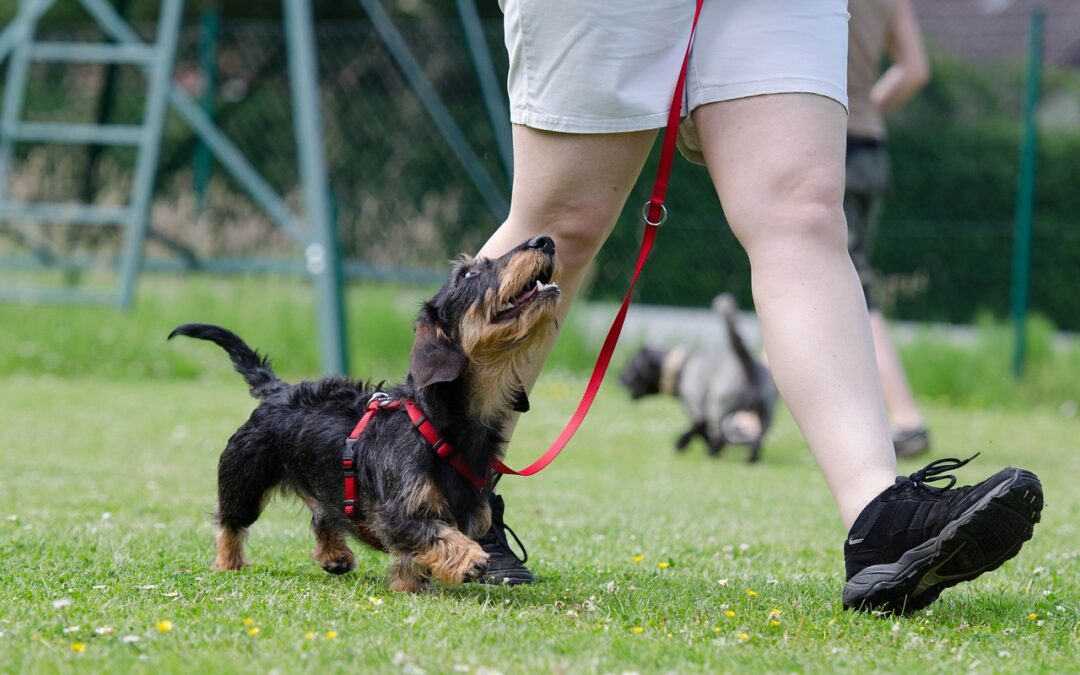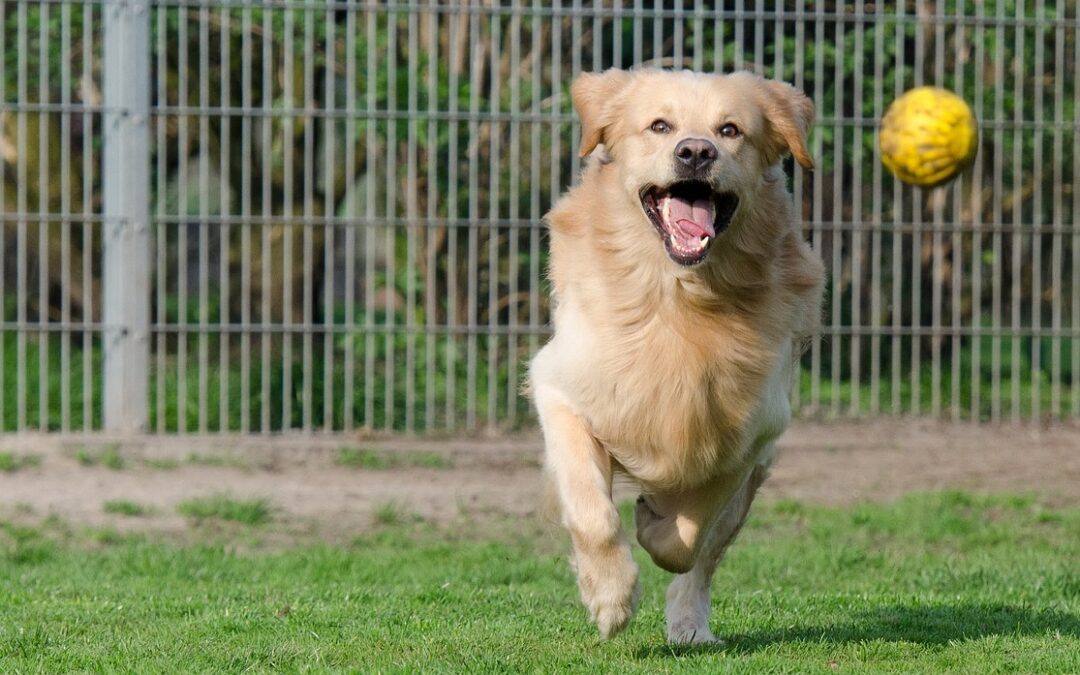Dinwoodie, I.R., Zottola, V., and Dodman, N.H. (2021). An investigation into the impact of pre-adolescent training on canine behavior. Animals, 11, 1298, https://doi.org/10.3390/ani11051298.
Muzzle Advocacy, education, and training. The Muzzle Up! Project. problem behavior recognition
Play is an enigmatic behaviour, the function of which is still debated, despite more than a century of research. We discuss the evolutionary function of play behaviour, focusing on the domestic dog (Canis familiaris), a unique species due to its past domestication and current cohabitation with humans.
Grumble and Growl Zones. FamilyPaws.com problem behavior recognition
Familypaws.com. (n.d.). Retrieved February 21, 2022, from https://www.familypaws.com/wp-content/uploads/2021/04/FPPE_SuccessStation_Handout_FINAL_H-1.pdf
Pet Leadership Council. (2019) Introducing your child and dog. American Pet Products Association. https://bedogsmart.org. Used with permission.





